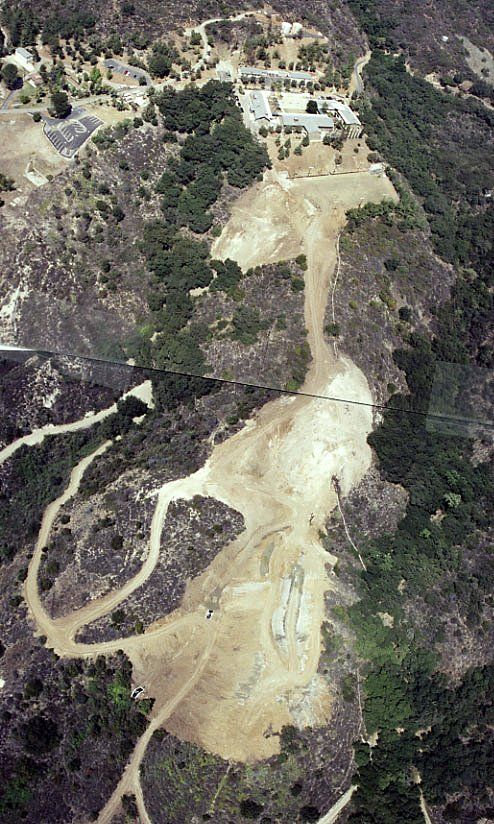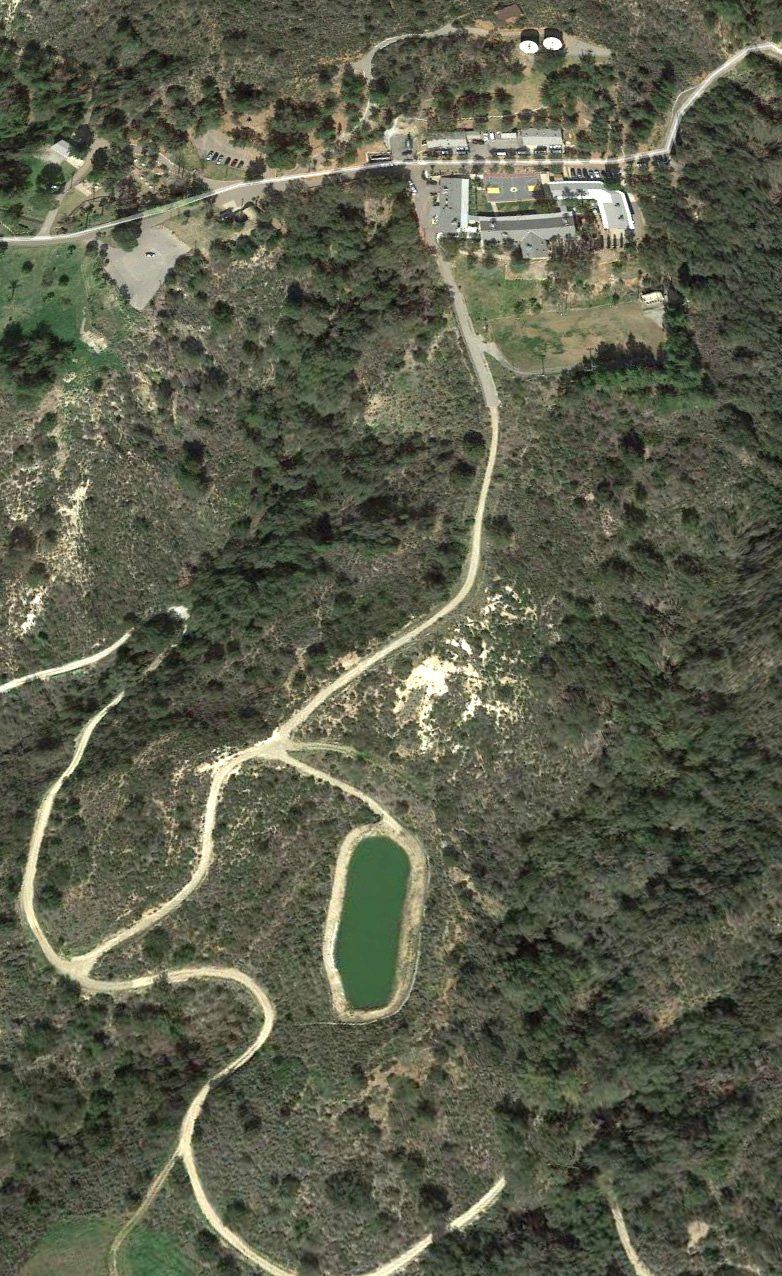CEQA Case Study 1: Illegal Clearance, Joplin Youth Facility
The following summary was prepared by the
Saddleback Canyons Conservancy:
In December 2003, the 4th District Court of Appeal in northern San Diego County dismissed the County of Orange's appeal of a superior court ruling that blocked the construction of the controversial Rancho Potrero Leadership Academy (RPLA) project, a detention center to be located in Trabuco Canyon. The dismissal was part of a settlement ending a three-year fight over RPLA between the County and Saddleback Canyons Conservancy and Rural Canyons Conservation Fund, two organizations devoted to protecting the rural canyon areas adjacent to the Cleveland National Forest.
The challenged project involved two primary components: approval of a Public Facility Master Plan for a new 90-bed juvenile detention center and amendment of the Foothill/Trabuco Specific Plan (FTSP), which would have created an anomalous special district -- the "Joplin Boys Ranch District" -- for the explicit purpose of exempting the County-owned land from the FTSP's environmental resource protection provisions. The project also would have included construction of a new paved access road in the Trabuco Creek floodplain leading to the Cleveland National Forest.
The settlement affirmed an August 2002 superior court ruling that the County violated the California Environmental Quality Act (CEQA) and state planning and zoning law when it approved RPLA and the FTSP amendment, calling the latter "arbitrary, capricious, and . . . ordered set aside as a prejudicial abuse of the County's discretion." The superior court also found that the County violated CEQA and the FTSP when it approved and commenced work on various maintenance projects at the existing Joplin Youth Center that resulted in the unlawful clearing of several acres of critical habitat (see 2002 aerial photo, below).
The County was ordered to drop its approvals of the RPLA and the FTSP amendment. The $8.4 million grant from the State Board of Corrections, originally slated for the Trabuco Canyon site, but conditioned on CEQA compliance, was later redirected for construction of a new youth facility at the Orange County Juvenile Hall Complex. Relocation to a site other than the pristine location adjacent to the national forest and Trabuco Creek had previously been declared impossible by County probation officials. Abiding by the superior court order, the County certified an EIR for the Joplin maintenance projects, and was ordered by state and federal resource agencies to remediate the destroyed habitat surrounding the Joplin Youth Center, plainly visible from miles away as a scar at the foothills of the Saddleback Mountains. The restoration was largely successful, as shown in the 2016 Google Earth image, below.
As part of a negotiated settlement, the County paid $230,000 in attorneys' fees to the citizens' groups, which were represented by attorney Andrew Lichtman, and attorneys Rachel Hooper and Ellison Folk of the San Francisco law firm Shute, Mihaly & Weinberger.
The Biologist's Role
In April 2002, attorney Andrew Lichtman hired me to investigate the unexpected clearing of about five acres of coastal sage scrub and oak woodlands from this remote site by the County of Orange. I found a local fellow named Larry Fleming, who flew a model airplane with a 35-mm film camera strapped to it over the site. I pieced together the prints shown at right. Our team used this graphic depiction, and my factual declaration
describing the damage to streambeds, protected oaks, and habitat occupied by the threatened Coastal California Gnatcatcher, to convince
judge Lisa Guy-Schall to (a) vacate the County's deeply flawed Final EIR, (b) order the County to restore the illegally cleared habitat, and (c) require the County to pay plaintiff's legal fees. The Google Earth image at right shows that the habitat had largely recovered by 2016.

